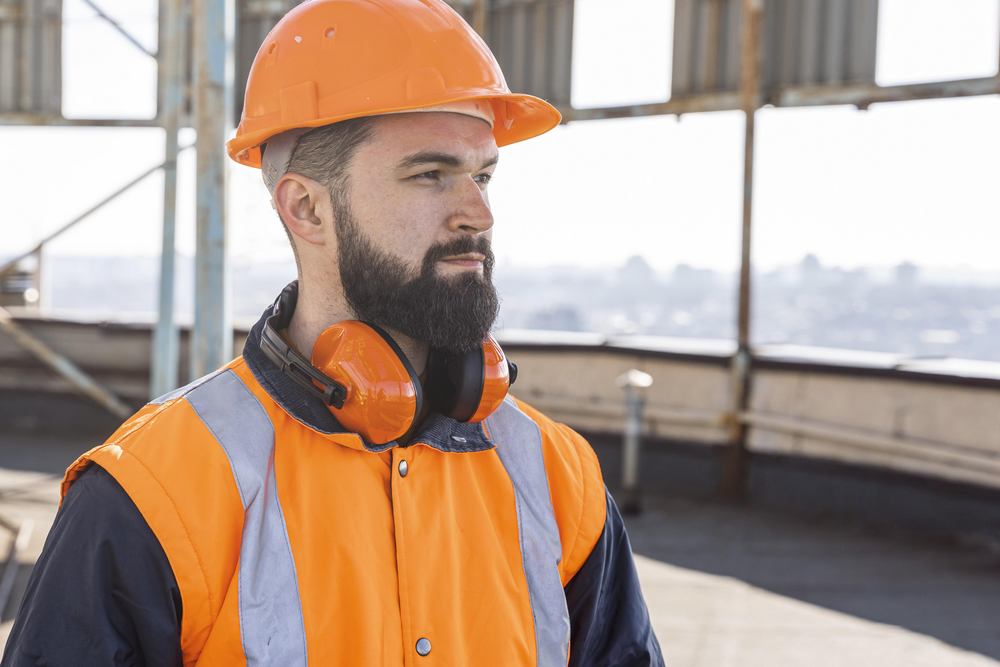You might believe dressing in flame-resistant garments will keep you safe at work. That is not precisely true, though. Wearing flame-resistant workwear correctly—especially how you stack it—can significantly impact when it counts most.
Layering serves purposes other than only coziness. It creates several layers of protection between you and threats like electric arcs or flash flames, therefore reducing the burn and injury risk.
Here is why and how to stack your FR clothes correctly:
1. You need a FR base layer.
Underneath your gear, a polyester long John or a cotton T-shirt cannot be relied upon. Regular fabrics could melt or catch fire in an accident, aggravating damage.
Like a lightweight T-shirt, long-sleeve shirt, or thermal underwear, an FR-rated base layer offers that initial vital layer of flame protection. It also helps to wick away sweat to maintain job comfort.
The most crucial first step is beginning with the correct foundation.
2. Your middle layers count as well.
Your middle layer must also be flame resistant workwear, whether it is cold or you require more insulation.
Mid-layers such as FR hoodies, fleece jackets, or vests keep you warm and provide an extra barrier against heat and flames. Ensure the label states FR-rated; regular insulated clothes won't cut it.
More layers translate into more protection only if each layer is correctly rated.
3. Your outside layer needs to be compliant and robust.
Your outerwear will initially come under flames or heat; hence, it must be strong and certified.
Safety requirements, including NFPA 2112 or NFPA 70E, should all be met by flame-resistant coats, coveralls, and high-visibility clothing. These clothes are meant to keep the heat at a distance and protect you from direct exposure.
Remember: your outer layer should fit over your inner layers without being too tight or too slack.
4. Accessories support defense.
Wearing the incorrect belt, gloves, or even socks could risk your safety without you knowing it.
Select balaclavas, gloves, caps, and belts rated FR. If an accessory burns, you could be harmed; non-FR objects will.
Complete protection comes from head to toe, not from your jacket and jeans alone.
5. Fit and coverage are non-negotiable.
Good layering is about how you wear something, not just what you wear.
Tuck your shirts inside one another. Fastener all closures. Make sure nothing leaves openings for flames or heat to slink past. In a risky circumstance, a well-fitting, correctly layered garment might make all the difference.
Movement counts, too; ensure you can bend, reach, and work comfortably in your gear.
6. Regular inspections help to keep you safe.
Even the strongest flame-resistant materials won't shield you if your workwear is torn, unclean, or worn out.
Look at your flame resistant clothing for tears, thin areas, or damaged fasteners before every shift. Follow washing instructions closely; some deterges or treatments can remove the flame-resistant qualities from your clothes. Maintaining your layers correctly will help them to work exactly as needed.
When you do your bit, flame-resistant clothes perform best. Your first step toward maximum protection on the job is correct layering. Every layer you wear, from your base shirt to outer coverall, protects against workplace hazards. Invest some time doing it correctly. Your safety relies on it.



